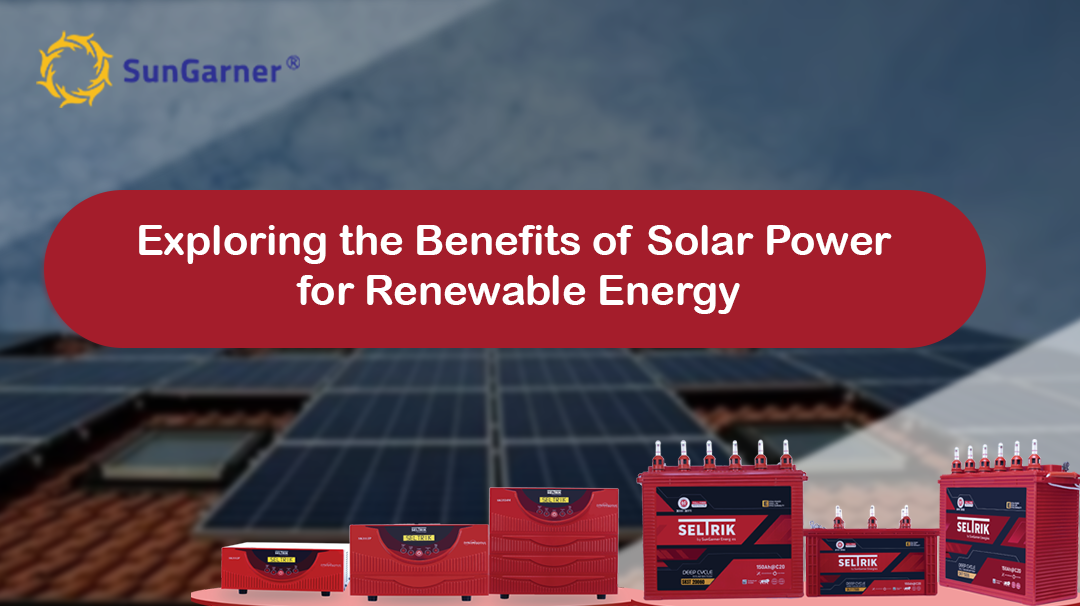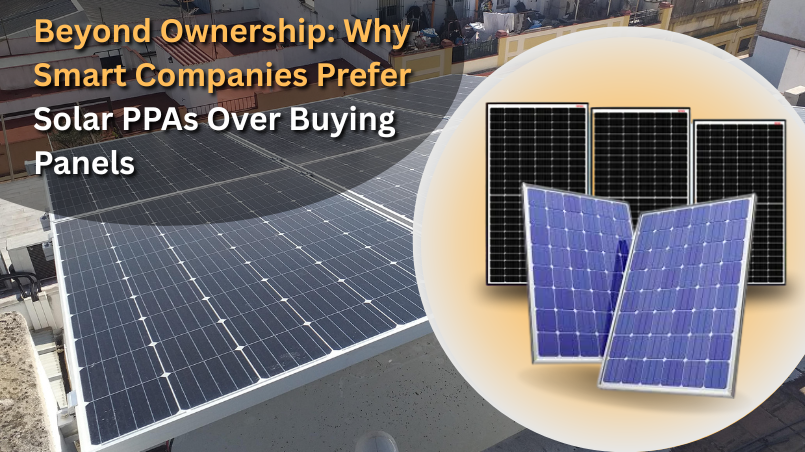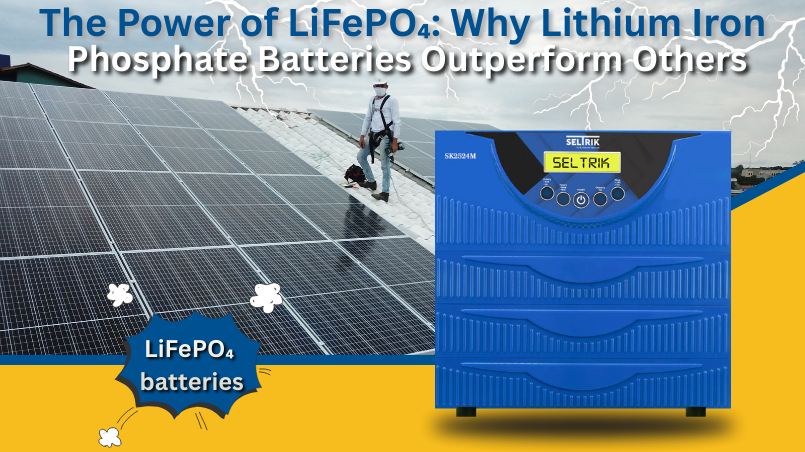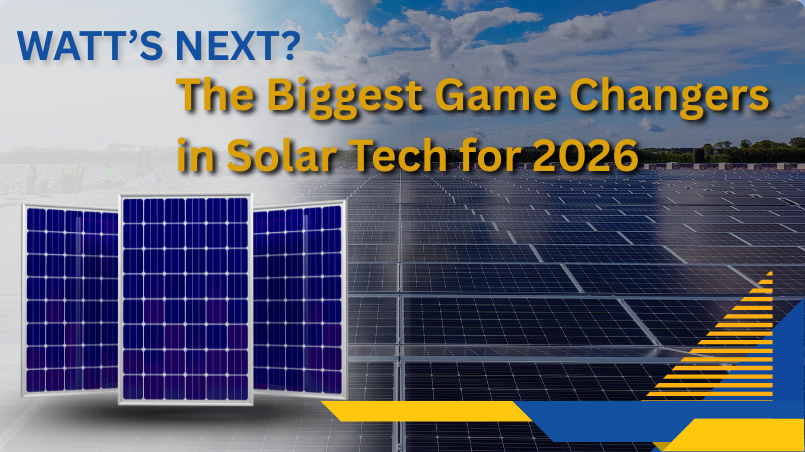Exploring the Benefits of Solar Power for Renewable Energy
Renewable energy has emerged as a crucial solution to mitigate the adverse effects of climate change and transition to a sustainable future. Among various renewable sources, solar energy stands out as a powerful and abundant resource that can be harnessed to generate electricity. With the increasing demand for clean and affordable energy, on-grid and off-grid solar projects have gained significant attention.
Renewable energy has emerged as a crucial solution to mitigate the adverse effects of climate change and transition to a sustainable future. Among various renewable sources, solar energy stands out as a powerful and abundant resource that can be harnessed to generate electricity. With the increasing demand for clean and affordable energy, on-grid and off-grid solar projects have gained significant attention.
This comprehensive guide dives into the installation process of both on-grid and off-grid solar systems, highlighting their distinct features and benefits. Furthermore, it explores the economic, environmental, and social advantages of solar plants while providing important considerations for those considering adopting solar energy.
By the end, readers will gain a deeper understanding of renewable energy, the installation process, and the immense potential of solar power in shaping a greener and more sustainable future.
Introduction to Renewable Energy and Solar Projects
Renewable energy is like the superhero of the energy world—it's clean, sustainable, and doesn't contribute to the dreaded climate change. Unlike fossil fuels that deplete over time, renewable energy sources, such as solar, wind, and hydropower, are constantly replenished by nature. This means we can harness their power without having to worry about running out. It's like having an unlimited supply of energy that doesn't harm the planet.
When it comes to renewable energy, solar power takes the crown as one of the most accessible and widely used sources. Solar projects involve installing solar panels or photovoltaic (PV) modules on rooftops or open spaces to convert sunlight into electricity. These projects can range from small residential systems to large-scale solar farms that generate power for entire communities.
The best part? The sun is practically everywhere, so solar projects can be implemented almost anywhere, making them a versatile and sustainable solution for our energy needs.
Understanding on-grid solar systems
Think of on-grid solar systems like the social butterflies of the solar world. They are connected to the main electric grid, allowing you to use solar power during the day while also drawing power from the grid when needed, like during cloudy days or at night.
These systems often come with a net meter that monitors the electricity you generate and feeds it back into the grid, giving you credit for the excess power. It's like having a symbiotic relationship with the grid, where you benefit from solar energy while still having the grid as a backup.
Let's know the installation process for the on-grid solar system.
The installation process for on-grid solar projects involves several key steps that must be meticulously executed to ensure optimal performance and compliance with regulations.
- Firstly, a thorough site assessment is conducted to evaluate the feasibility of the project, taking into account factors such as solar irradiation, shading analysis, and the structural integrity of the premises.
- Once deemed suitable, engineering designs are created, including detailed diagrams and electrical plans. Following this, permits and approvals from local authorities are obtained to comply with legal requirements.
- The physical installation begins with mounting the solar panels on rooftops or other appropriate spaces using specialised racking systems.
- Then comes the connection of these panels through a series of wires to an inverter, which converts the direct current (DC) generated by the panels into alternating current (AC) compatible with the grid.
- Finally, system testing and commissioning take place to verify its functionality and ensure seamless integration with the existing power infrastructure.
The entire process demands skilled professionals proficient in electrical work and familiar with relevant codes and safety standards to guarantee a successful on-grid solar project installation.
Understanding Off-Grid Solar Systems
Off-grid solar systems are like the independent rebels of the solar world. They operate entirely off the grid, meaning they are not connected to the main electric supply. These systems are perfect for remote locations or areas with unreliable grid access.
Best off-grid solar inverter systems store excess solar energy in batteries, so you have power even when the sun goes down. They provide a sense of freedom, allowing you to be self-sufficient and live off renewable energy alone.
The Installation Process for Off-Grid Solar Systems
The installation process for the best off-grid solar inverter projects is a complex and meticulous task that requires deep knowledge and expertise.
- It begins with a careful evaluation of the site to determine its solar potential, taking into account factors such as shading, orientation, and geographical location.
- Following this, a detailed design plan is created, considering the energy consumption needs of the site and the available solar resources.
- The actual installation involves mounting the solar panels on a suitable structure, connecting them to an inverter for converting DC power to AC power and integrating a battery storage system for electricity storage.
- Additionally, an efficient wiring system and appropriate safety measures must be implemented.
Given the intricacies involved in both On-grid and Off-grid solar installations, it is highly recommended to seek professional help. SunGarner provides exceptional expertise in this field, with qualified professionals who can navigate through all stages of installation, ensuring the efficiency, reliability, and optimal performance of off-grid solar systems.
Here are some benefits of installing solar plants:
- Reduction in Electricity Bills: Installing solar plants can significantly reduce your electricity bills. You may lessen your dependency on conventional energy sources by producing your own clean, renewable energy by using the sun's power. Say goodbye to those sky-high utility bills and hello to savings!
- Contribution to Environmental Sustainability: One of the most significant benefits of installing solar plants is the positive impact on the environment. Solar energy is clean and does not emit greenhouse gases, making it a sustainable alternative to fossil fuels. By going solar, you can play a part in reducing air pollution and combating climate change.
- Government Incentives and Rebates: Governments around the world understand the importance of renewable energy and offer various incentives and rebates to encourage the installation of solar plants. These incentives can include tax credits, grants, and even cash rebates. So not only will you be saving money on your energy bills, but you could also benefit from additional financial incentives.
- Reduction in Carbon Footprint: Reducing our carbon footprint is crucial for combating climate change, and solar energy plays a vital role in achieving this. When solar electricity is used, unlike typical energy sources, it emits no greenhouse gases. By embracing solar energy, we can make a significant impact on reducing our collective carbon footprint.
- Energy Independence and Security: Relying on traditional energy sources, such as fossil fuels, leaves us vulnerable to price fluctuations and geopolitical tensions. Solar energy provides us with energy independence, as sunlight is available everywhere, ensuring a stable and secure source of power. By harnessing the sun's energy, we can have peace of mind, knowing that we are in control of our energy future.
Conclusion and Future Potential of Solar Energy
In conclusion, the installation of on-grid and off-grid solar projects offers a multitude of benefits, ranging from reduced electricity bills to a significant contribution to environmental sustainability. As solar technology continues to advance and costs decline, the future potential of solar energy is promising.
Embracing solar power not only brings immediate benefits but also paves the way for a cleaner, more resilient energy future. We can use each of our strengths to harness solar energy and build a sustainable future for future generations.
SunGarner is a reliable company offering professional installation services for On-grid and Off-grid solar systems. With extensive knowledge and experience, they guide customers through the process, offering tailored solutions. Their team designs and installs grid-tied solar panels, reducing dependence on traditional power sources. They also offer the best off-grid solar inverter systems for self-sufficiency.
Let's all shine bright with the unlimited potential of solar energy!









